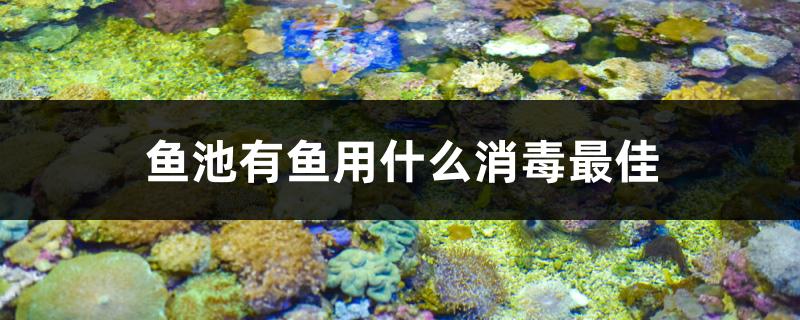
< span style= "; font-family: Song style; font-size: 14px "> < span style=" font-family: Calibri "> 1. < span style=" font-family: Song "> Bleach disinfection: Bleach is a commonly used disinfectant, which can effectively kill bacteria, viruses and parasites. When using bleach, dilute it to an appropriate concentration (usually < span style= "font-family: Calibri" > 1:100 < span style= "font-family: Calibri" > or < span style= "font-family: Calibri" > 1:200 < span style= "font-family: Calibri" >), and then spray the mixture evenly on the inner surface of the fish pond. Pay attention to ensure that the fish pond is thoroughly washed to avoid the damage of residual bleach to fish.
< span style= "; font-family: Song style; font-size: 14px "> < span style=" font-family: Calibri "> 2. < span style=" font-family: Song "> Hydrogen peroxide disinfection: Hydrogen peroxide (hydrogen peroxide) is also a commonly used disinfectant, which has strong oxidation and sterilization effects. Spray hydrogen peroxide solution (general concentration < span style= "font-family: Calibri" > 3% < span style= "font-family: Songti" >) evenly on the inner surface of fish pond, and rinse thoroughly after a period of time.
< span style= "; font-family: Song style; font-size: 14px "> < span style=" font-family: Calibri "> 3. < span style=" font-family: Song "> UV disinfection: UV disinfection is a chemical-free disinfection method, which is suitable for water bodies in fish ponds. The ultraviolet lamp is installed in the fish pond to ensure that the water body can be fully exposed to ultraviolet rays when passing through the lamp. Ultraviolet rays can kill microorganisms in water and improve the cleanliness of water quality.
< span style= "; font-family: Song style; font-size: 14px "> Whichever disinfection method you use, you should pay attention to the following:
< span style="; font-family: Song style; font-size: 14px "> < span style=" font-family: Calibri ">- < span style=" font-family: song style "> First, make sure that all the fish in the fish pond are transferred to a safe place to avoid being harmed by disinfectant.
< span style= "; font-family: Song style; font-size: 14px "> < span style=" font-family: Calibri ">- < span style=" font-family: Song "> Before disinfection, thoroughly remove dirt and sundries from fish ponds to ensure that disinfectants can fully reach pollution sources.
< span style= "; font-family: Song style; font-size: 14px "> < span style=" font-family: Calibri ">- < span style=" font-family: Song style "> Be careful to disinfect according to the specified concentration and use method, and avoid excessive use of disinfectant to avoid adverse effects on fish.
< span style= "; font-family: Song style; font-size: 14px "> < span style=" font-family: Calibri ">- < span style=" font-family: Song "> After disinfection, be sure to wash thoroughly to ensure that the disinfectant is completely removed and proper water quality conditions are restored.
< span style= "; font-family: Song style; font-size: 14px "> Finally, the disinfection of fish ponds should be carried out in a planned and regular way, instead of using disinfectants frequently. Maintaining good water quality management, proper feeding and regular cleaning of fish ponds are the key to prevent diseases, and disinfection is only an auxiliary measure when necessary.